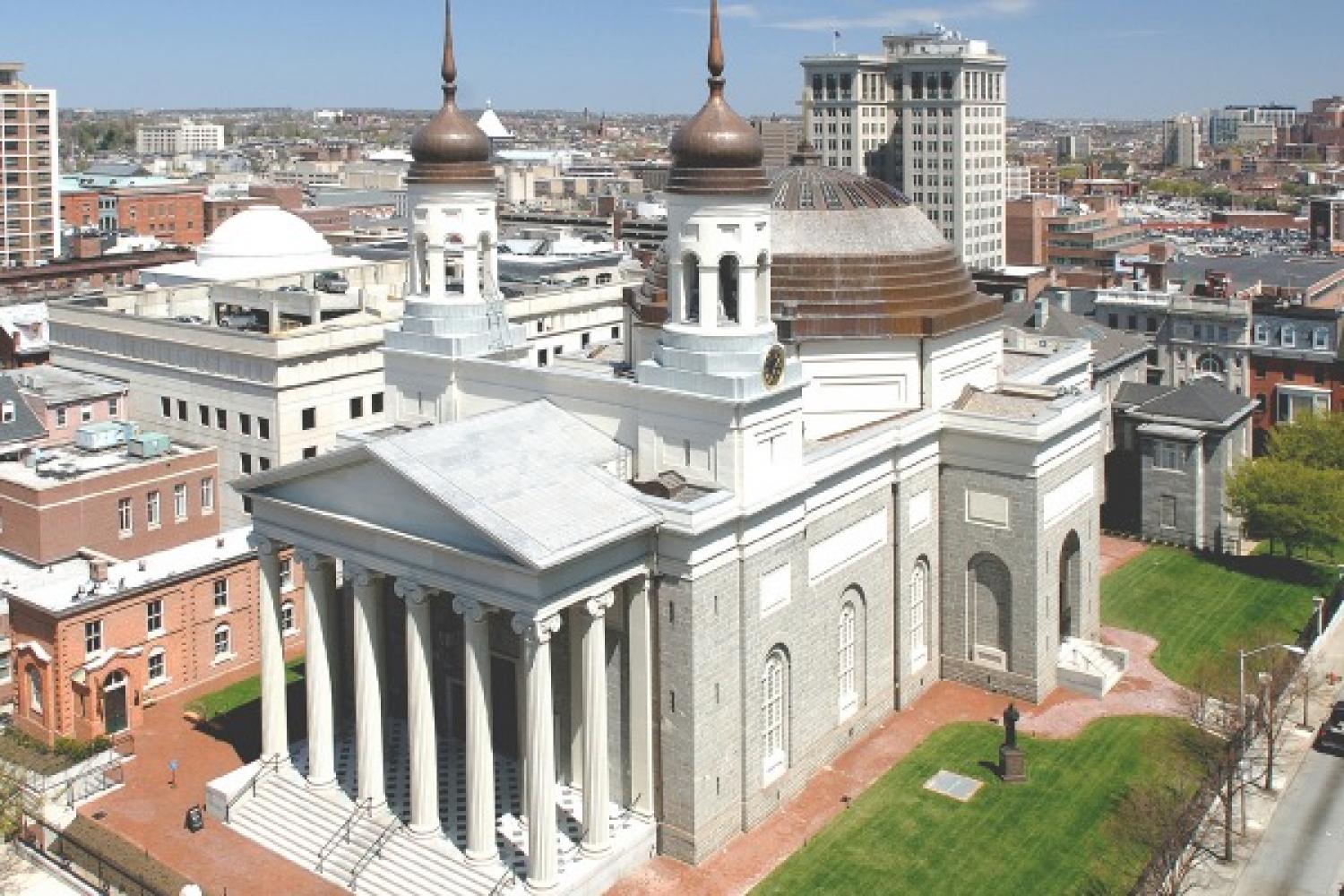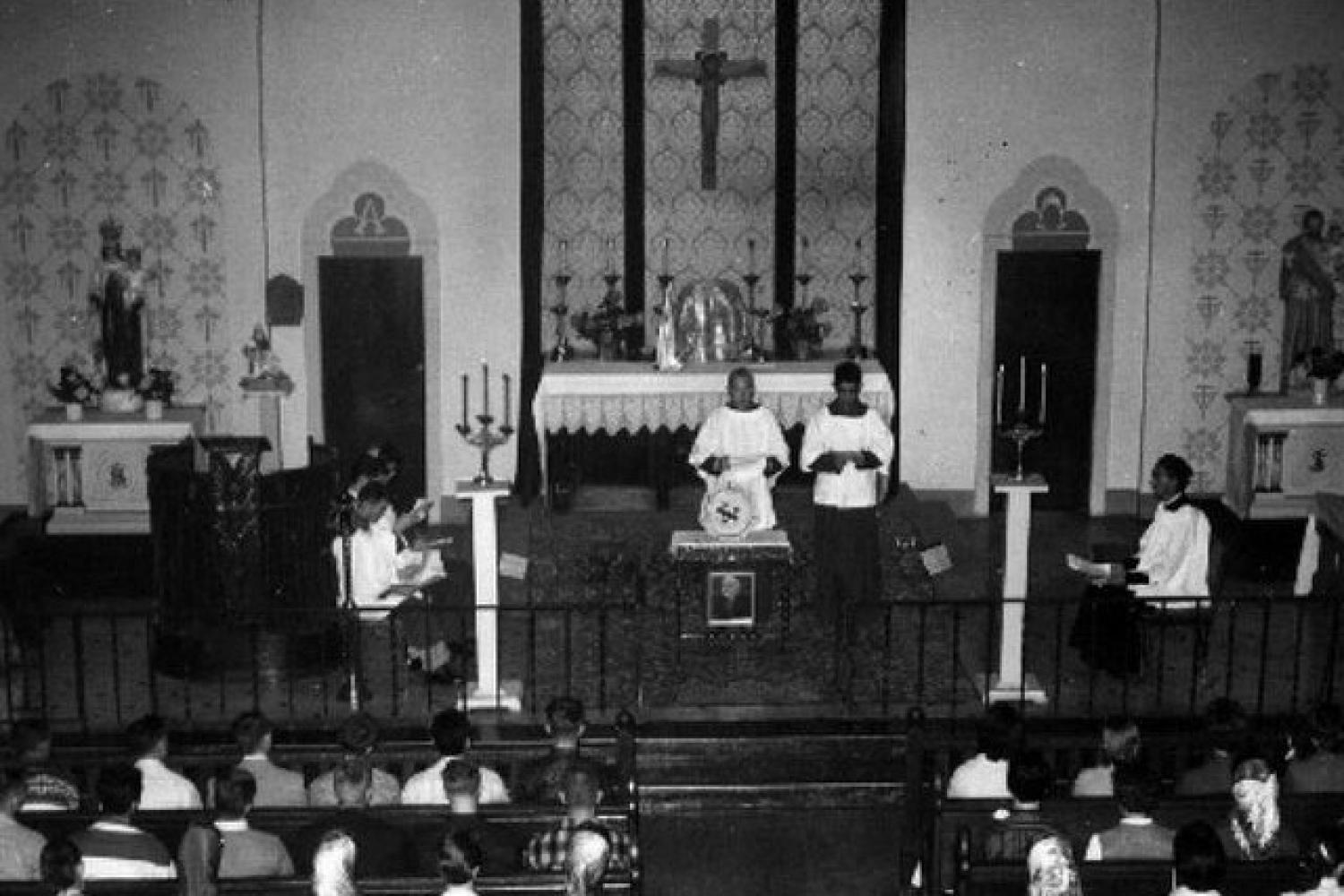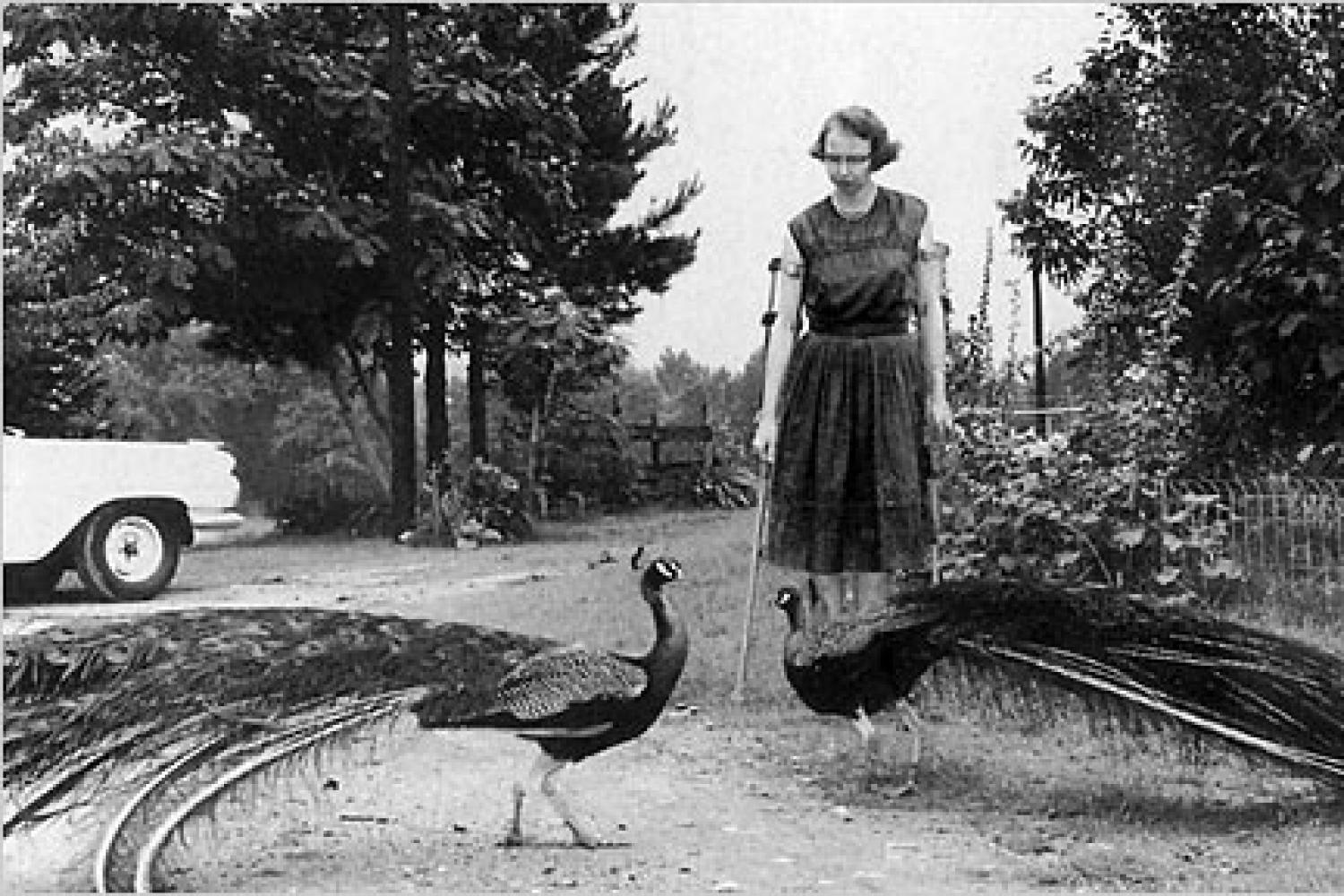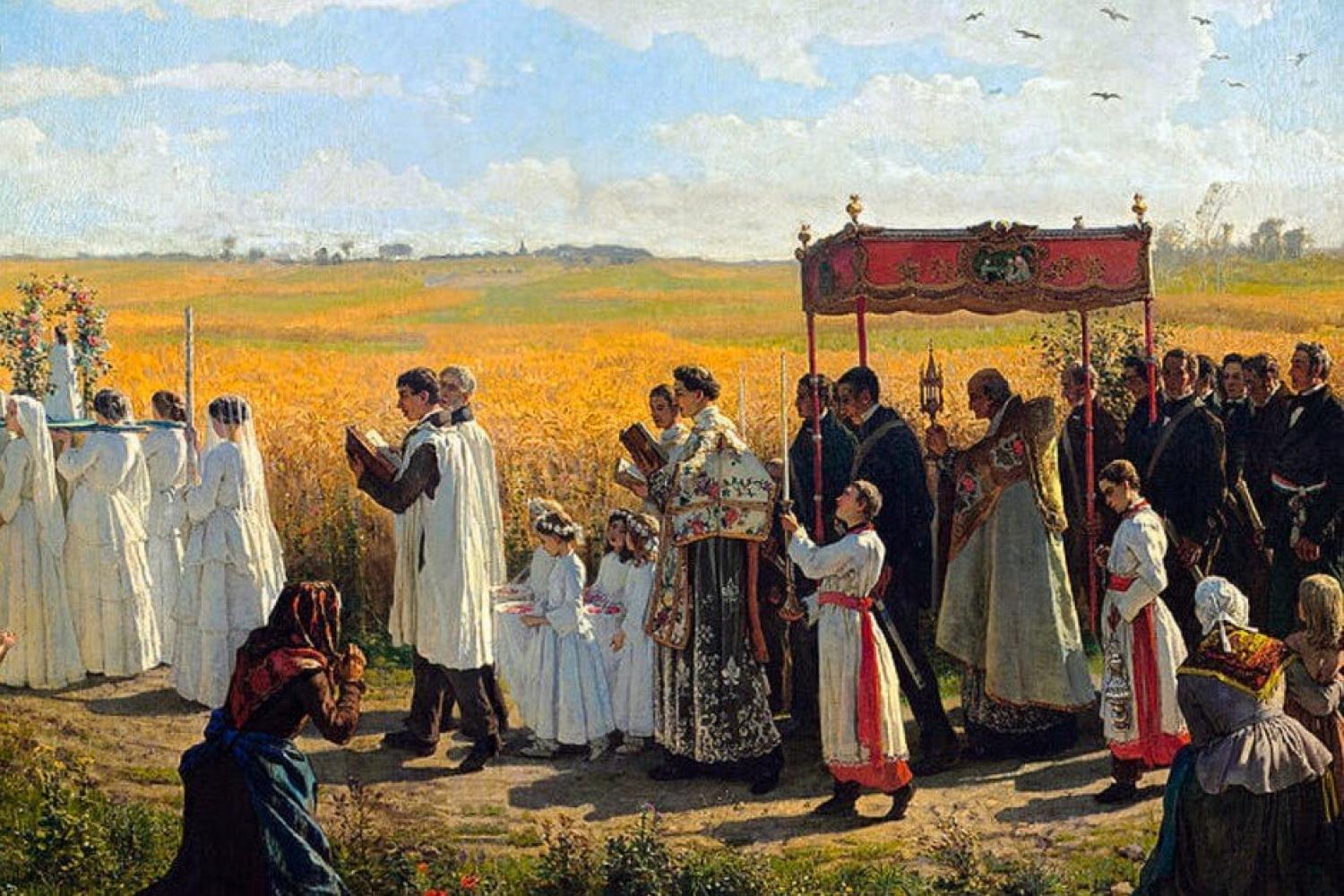
George Weigel's Letters to a Young Catholic explores and comments on Catholic culture, examining history and theology, art and architecture, literature and music. This article is the first in a series that will walk through Weigel's work letter by letter, providing imagery to enhance the reader's experience. Weigel begins with "Letter One, Baltimore and Milledgeville: Acquiring the 'Habit of Being.'" Click here to view the entire series.
In the first chapter of his book, Letters to a Young Catholic, George Weigel draws his readers into the cultural experience of Catholicism in America in the twentieth century. For Weigel, as for Christopher Dawson and G.K. Chesterton before him, growing up Catholic means growing into a common way of life with shared customs, shared language, and a shared symbolic world.
‘Ciborium,’ ‘paten,’ Ave Maria, Brooks Robinson and baseball, vocation, Bing Crosby, the Baltimore Catechism, and parish identities and rivalries were symbols, words, and social experiences that were the building blocks of a particular cultural reality, Catholic Baltimore in the 1950s. As in Weigel’s boyhood Baltimore, parish life in the United States shaped the identities of Catholics from New York to San Francisco. In every state in the nation, Catholics made spiritual homes for themselves and built churches humble and magnificent that expressed both cultural heritage and Catholic identity. These parishes were landing places for immigrants in search of community, education, and work in an America that spoke English and was predominantly Protestant. Yet for all their particular and unique heritages and customs that spoke of their Old World homes, these parishes also held in common a shared language and a shared way of seeing, being, and doing that was uniquely Catholic.
This shared vision was sacramental: God created the world and communicated His grace and his power and his very self through that same creation. Bread becomes the Body of Christ, wine becomes His blood, and water washes away the stain of sin, and all these things speak of the possibility of Heaven. The cultural practices of the parish were manifestations of their spiritual belief. They were external, incarnational signs of an inner, spiritual transformation. In this way, Catholicism provides an optic, Weigel observes, a way of seeing the world in its material and spiritual realities and understanding one’s place in it.
But this way of seeing must also extend into a way of being. Flannery O’Connor had a another way of describing how seeing the world differently ought to cause Catholics to be in the world differently: she called it ‘the habit of being.’ O’Connor was a southern author who lived at her mother’s farm, Andalusia, in Milledgeville, Georgia. She suffered with hereditary lupus from a young age, and died from it at the age of thirty-nine. O’Connor’s deeply startling works of fiction attempt to jar her readers into this way of seeing the world as sacramental, incarnational, and shot through with the force of grace. O’Connor had no time for a sentimental Christianity that glossed over suffering and evil and ignored the hard costs of redemption. In her novels and short stories, the invisible, spiritual realities lie pulsing just beneath the surface of the visible world, breaking out with violent suddenness and intensity. O’Connor understood the material world as possessing a deeper spiritual meaning and conveying a profound spiritual truth. Weigel thinks that this optic translated into this habit of being makes Catholicism different and is as jarring to the modern world as O’Connor’s fictional characters: it takes the world in its spiritual and material realities seriously and says they both have meaning and they both matter. Bread matters, bodies matter, what we believe and do in this life matters.
To a world that is often convinced that nothing matters, Weigel proposes this ‘habit of being’ and way of seeing as the antidote to indifference and despair. Catholicism is an optic of grace, a ‘habit of being’ that rests in hope.
Photo Attribution A: "Flannery O'Connor and Peacock" by Will is licensed under CC BY 2.0.
Photo Attribution B: "Basilica of the National Shrine of the Immaculate Conception from atop Washington Monument" by eVanNicole is licensed under CC BY-SA 4.0.
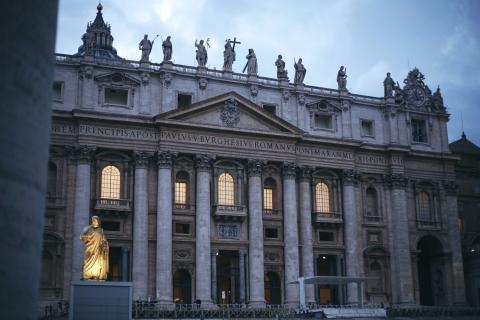
Next: The Grittiness of Catholicism
In the second chapter of "Letters to a Young Catholic," Weigel explores the grittiness and historicity of Christianity, focusing on the bones of St. Peter in the Vatican excavations ('Scavi').

The First Draught
To receive the Weekly Update in your inbox every week, along with our weekly Lectio Brevis providing insights into upcoming Mass readings, subscribe to The First Draught.
